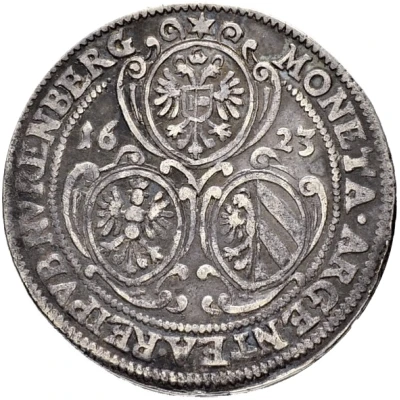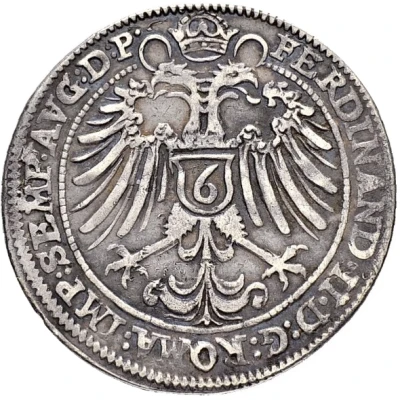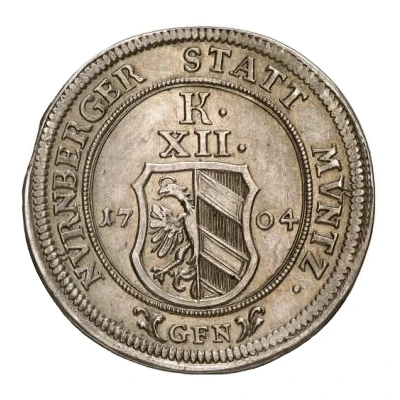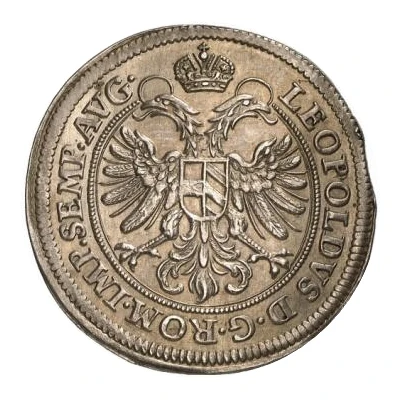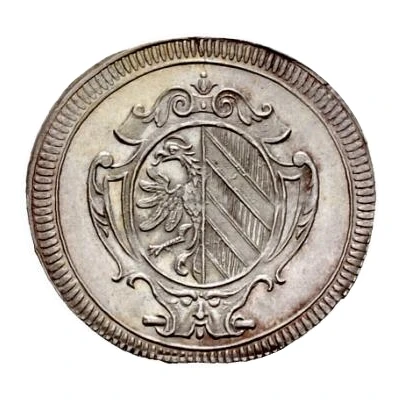
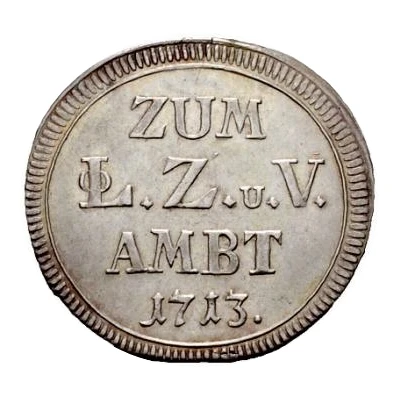

© Hess Divo
1 Zehnerlein
1713 year| Silver | 1.88 g | 24 mm |
| Issuer | Free imperial city of Nuremberg (German States) |
|---|---|
| Period | Free City (1219-1806) |
| Type | Token |
| Year | 1713 |
| Value | 10 Kreuzers (⅙) |
| Currency | Reichsguldiner (1620-1753) |
| Composition | Silver |
| Weight | 1.88 g |
| Diameter | 24 mm |
| Shape | Round |
| Demonetized | Yes |
| Updated | 2024-10-05 |
| Numista | N#132294 |
|---|---|
| Rarity index | 100% |
Reverse
4-line inscription with date.
Script: Latin
Lettering:
ZUM
L.Z.u.V.
AMBT
1713.
Translation: Losungs-, Zoll- und Umgeldzeichen Amtszeichen
Comment
Token used for tax payments or also to be used as monetary payments.Interesting fact
The Token 1 Zehnerlein 1713 from the Free Imperial City of Nuremberg (German States) made of Silver weighing 1.88g is a rare and valuable coin. One interesting fact about this coin is that it was minted during a time of great economic and political change in Europe, particularly in the Holy Roman Empire. The coin's minting was a response to the need for a stable currency, as the empire was facing economic challenges and the value of the traditional currency, the Gulden, was fluctuating. The Token 1 Zehnerlein 1713 was minted in silver, which was a more stable metal than the copper used in previous coinage, and it was designed to be easily divisible into smaller units, making it more practical for everyday transactions. This coin is a fascinating piece of history that highlights the economic and political developments of the time.
